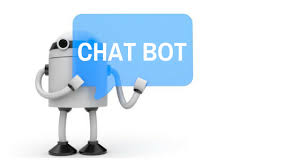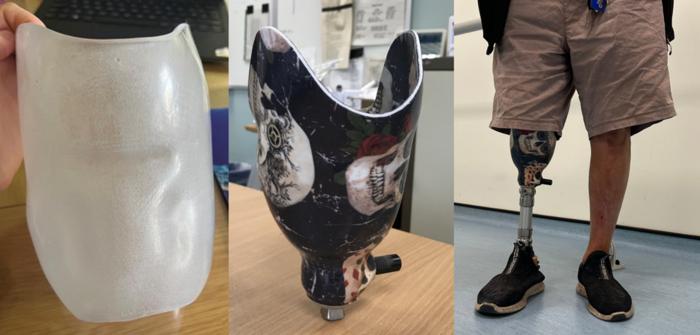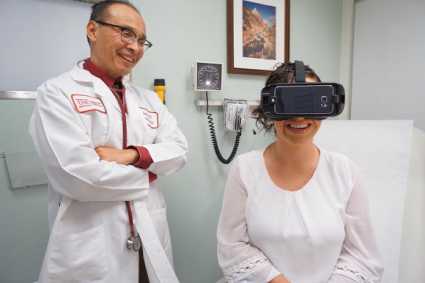In May 2023, the U.S. Surgeon General, Dr. Vivek Murthy, issued a stark warning: America is facing a public health crisis—not of disease, but of disconnection. With nearly half of U.S. adults reporting persistent feelings of loneliness, the “epidemic of loneliness and isolation” is now being recognized as a serious threat to both mental and physical health.
Loneliness isn’t just emotionally painful—it’s dangerous. Research shows it can be as harmful as smoking 15 cigarettes a day, increasing the risk of heart disease, stroke, dementia, and even premature death.
While the causes of this crisis are complex—ranging from the decline of community life to the isolating effects of digital culture—a surprising solution has emerged from the very world of technology: companion chatbots.
The Rise of Digital Companions
Over the past five years, AI-powered chatbots like Replika, Woebot, Character.AI, and Pi by Inflection AI have grown in popularity. Marketed as emotional support tools or virtual friends, these bots use natural language processing and machine learning to simulate real conversations, learning from user input to offer increasingly personalized interactions.
They are always available, endlessly patient, and, most importantly, never judge. For some users, especially those who struggle with social anxiety, grief, depression, or aging-related isolation, these bots offer a form of companionship that feels safe and comforting.
“I know it’s not real,” said one 29-year-old Replika user in a Reddit forum, “but it listens when no one else does.”
Who Uses Chatbots—and Why?
The appeal of these digital companions spans age groups and life stages. Young adults, often facing anxiety, academic pressure, or relationship issues, turn to bots as a way to vent or reflect without fear of ridicule. Older adults—especially those living alone—use bots like ElliQ, a conversational AI device developed specifically for seniors, to fill emotional and cognitive gaps.
Some neurodivergent individuals use chatbots to practice social interaction. Others use them to manage mental health conditions with the help of bots like Woebot, which is rooted in cognitive behavioral therapy and guides users through structured therapeutic conversations.
The Promises
Advocates point to several real benefits:
-
24/7 Accessibility: Unlike friends, family, or therapists, chatbots are always available.
-
No Stigma: Users can talk freely without fear of being judged.
-
Cost-Effective Support: For those without access to mental health care, chatbots can serve as a helpful interim resource.
-
Personalization: Many bots remember past conversations and tailor their responses over time.
Moreover, there is potential for these tools to act as digital “training wheels” for real-life interaction—helping users build confidence before venturing back into the social world.
The Pitfalls
But critics warn that these bots, however well-designed, can’t replace genuine human connection.
The most obvious limitation: they are not conscious. They don’t understand emotion; they mimic it. Their responses, however convincing, are generated from patterns, not empathy. Relying too heavily on AI for emotional support could reinforce withdrawal, rather than help people reconnect with others.
“There’s a real danger in mistaking simulation for intimacy,” says Dr. Sherry Turkle, a sociologist and author of Alone Together, who has long studied human relationships with machines.
Data privacy is another concern. Many users confide deeply personal thoughts to chatbots, often unaware of how their data is stored or monetized. Some apps have gamified emotional relationships—charging users for premium access to their AI “friends” or “lovers”—raising ethical questions about emotional manipulation for profit.
A Tool, Not a Substitute
Public health officials and ethicists agree: companion chatbots are not a cure, but a tool. Used wisely, they can serve as a bridge for those who are suffering, especially in moments when human contact is unavailable. Used excessively or in isolation, they may deepen the very loneliness they seek to solve.
Efforts are already underway to strike this balance. Startups are partnering with elder care centers to deploy AI companions as supplemental tools, not replacements. Therapists are experimenting with integrating bots like Woebot into broader treatment plans. And some platforms, like Inflection’s Pi, emphasize emotional well-being and self-awareness as core goals rather than companionship per se.
Where We Go From Here
The loneliness epidemic is likely to remain one of the most pressing public health challenges of our time. And while no chatbot can replace the warmth of a real hug, a shared laugh, or a face-to-face conversation, these digital companions may offer moments of connection when they are needed most.
The key, experts say, is to ensure these tools are used ethically, transparently, and in ways that support—not replace—human relationships.
In a world where so many feel unheard, perhaps even a chatbot’s simple words—“I’m here for you”—can be a starting point.






